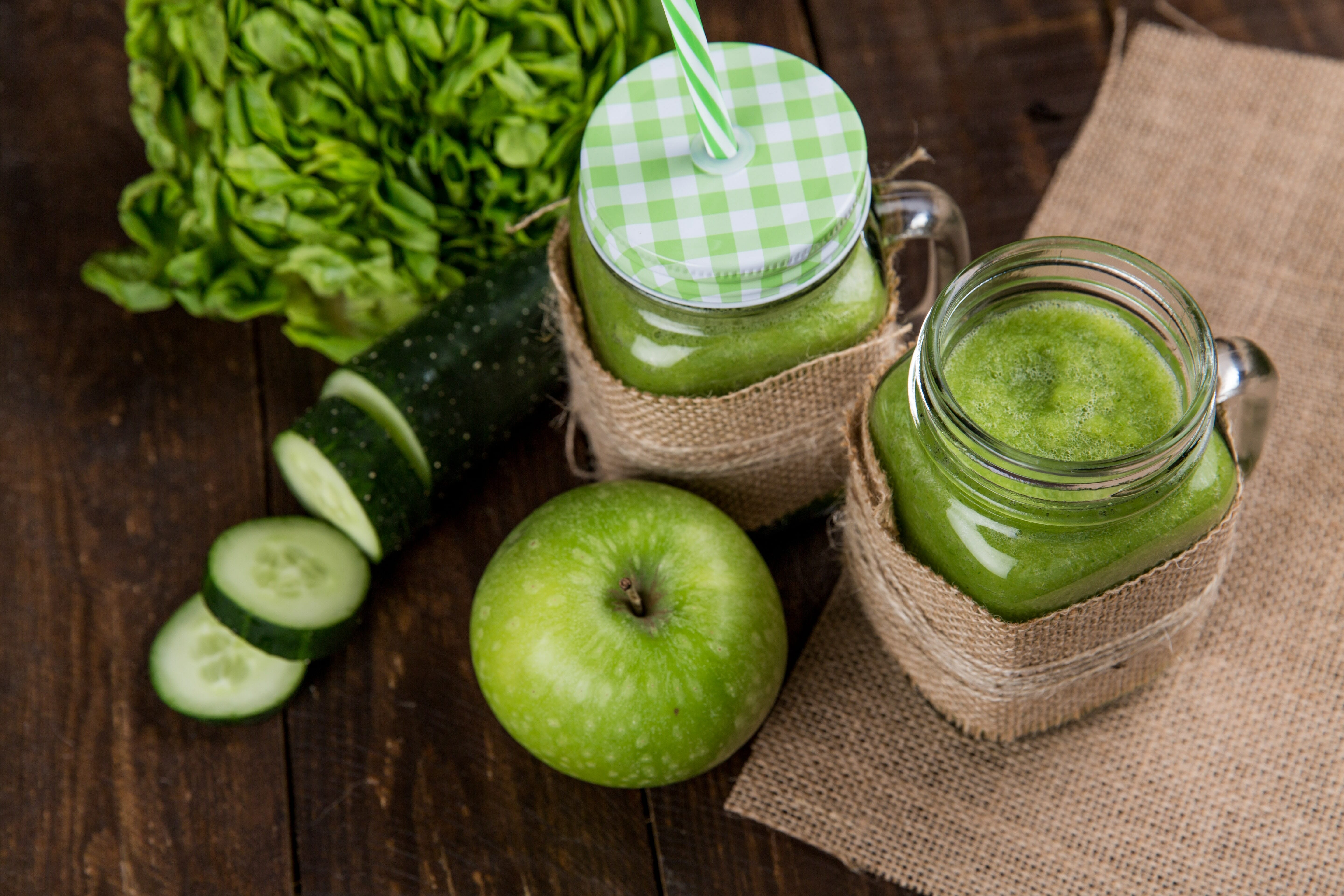
Don’t stop after your glass of celery juice: Drink the Rainbow
I love celery and enjoy eating and drinking green vegetables. But I won’t be sippin’ celery juice to remedy all of my health woes.
Any health trend claiming to be a “cure all” is a red flag warning to proceed with caution. It’s a time to seek actual sound scientific evidence instead of falling for glamorized and oversimplified pseudoscience advertised by anecdotal success stories on social media. The scientific evidence on celery juice as a treatment for any chronic disease is next to nonexistent—case in point.
Like any other natural juice, celery juice is mostly water and micronutrients…essentially its the original “vitamin water.” Celery juice is particularly high in vitamins C, K, and folate. It’s also filled with the essential mineral potassium and a host of phytochemicals that possess antioxidants and anti-inflammatory benefits. Celery juice is one of many nutritious beverages. So “cheers” if you love it. But don’t sweat it if it’s not for you.
Decades of nutritional research have consistently shown that a higher intake of fruit and vegetables is strongly associated with lower risk of a number of chronic diseases and early death. So my advice? Eat MORE fruits and vegetables!
Eat the Rainbow of Colors
Aim for a spectrum of colors. And explore different ways to prepare and incorporate fruit and vegetables into your daily diet.
Pro tip: Sneak greens in with breakfast and make it a thing!
Regularly consuming a wide variety of deeply-colored vegetables is a powerful preventative measure against chronic inflammation. Eating a rainbow of colors is also an important method of preventing the development of conditions such as type 2 diabetes, heart disease, stroke, cancer, and Alzheimer’s disease, which are among the leading causes of death.
Dark leafy greens add a boost of fiber, vitamins, minerals, and phytonutrients. These nutrients support the normal function of cells and systemic processes that maintain good health.
Eat More Greens at Every Meal
Try adding cooked collard greens (8 grams of fiber per cup) to your next breakfast scramble or wrap, or switch it up by baking breakfast egg muffins with cooked broccoli (5 grams of fiber per cup). If you enjoy pesto, try making it with super-nutritious kale.
More about that smoothie life?
For a green-filled smoothie, grab a couple big handfuls of raw kale (2-3 grams of fiber in 2 cups) or cooked then frozen zucchini (3 grams of fiber per cup) to add into the blender and go!
Jamie Mok, MS, RD, RYT is a Los Angeles-based dietitian, nutritionist, and yoga teacher who practices nutrition therapy at Memorial Care Long Beach Medical Center and teaches weekly yoga classes at Purple Yoga in Long Beach. In her “between time,” Jamie is on her yoga mat developing her personal practice, in the kitchen whipping up something fresh, and snapping photos for her Instagram feed @the_yogini_rd, and exploring the LA restaurant and food scene one bite at a time. Learn more on her website www.jamiemok.com
